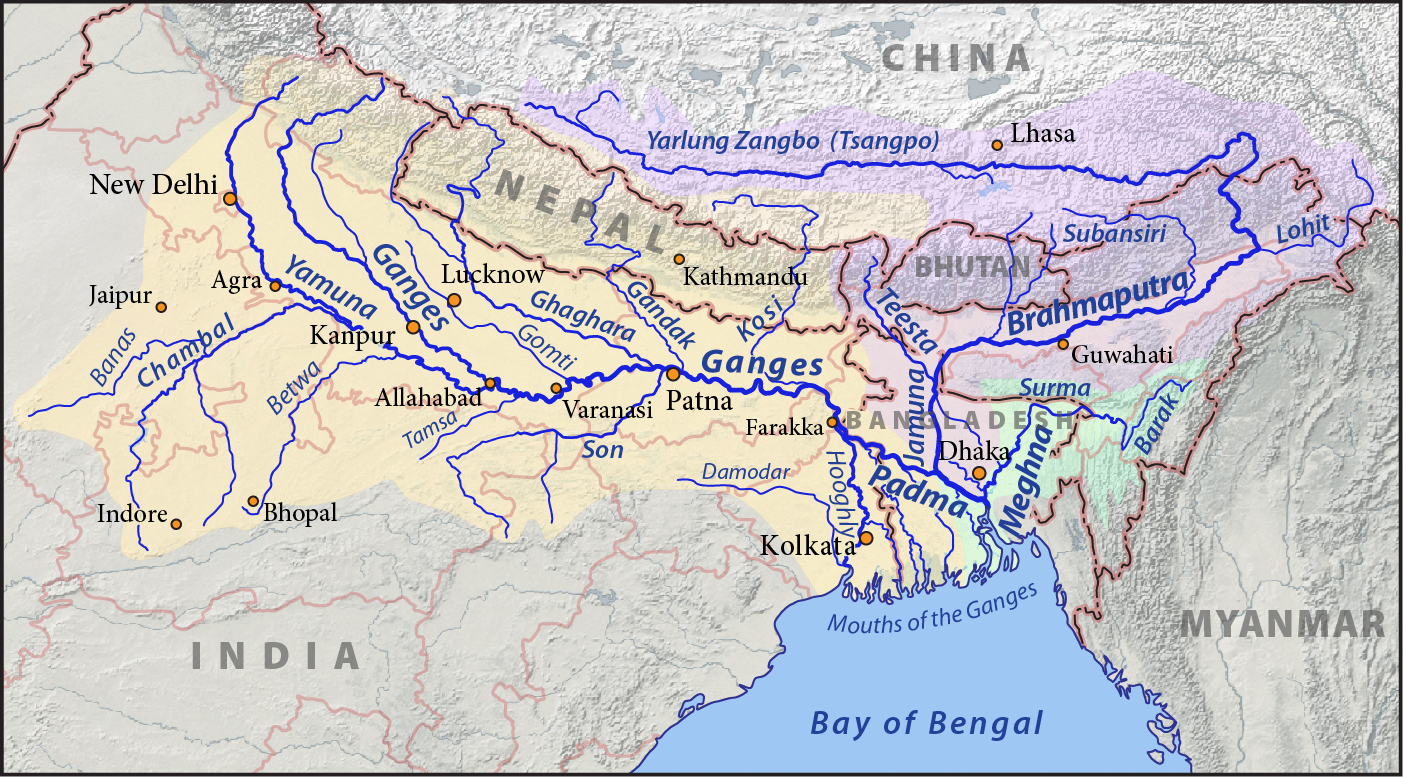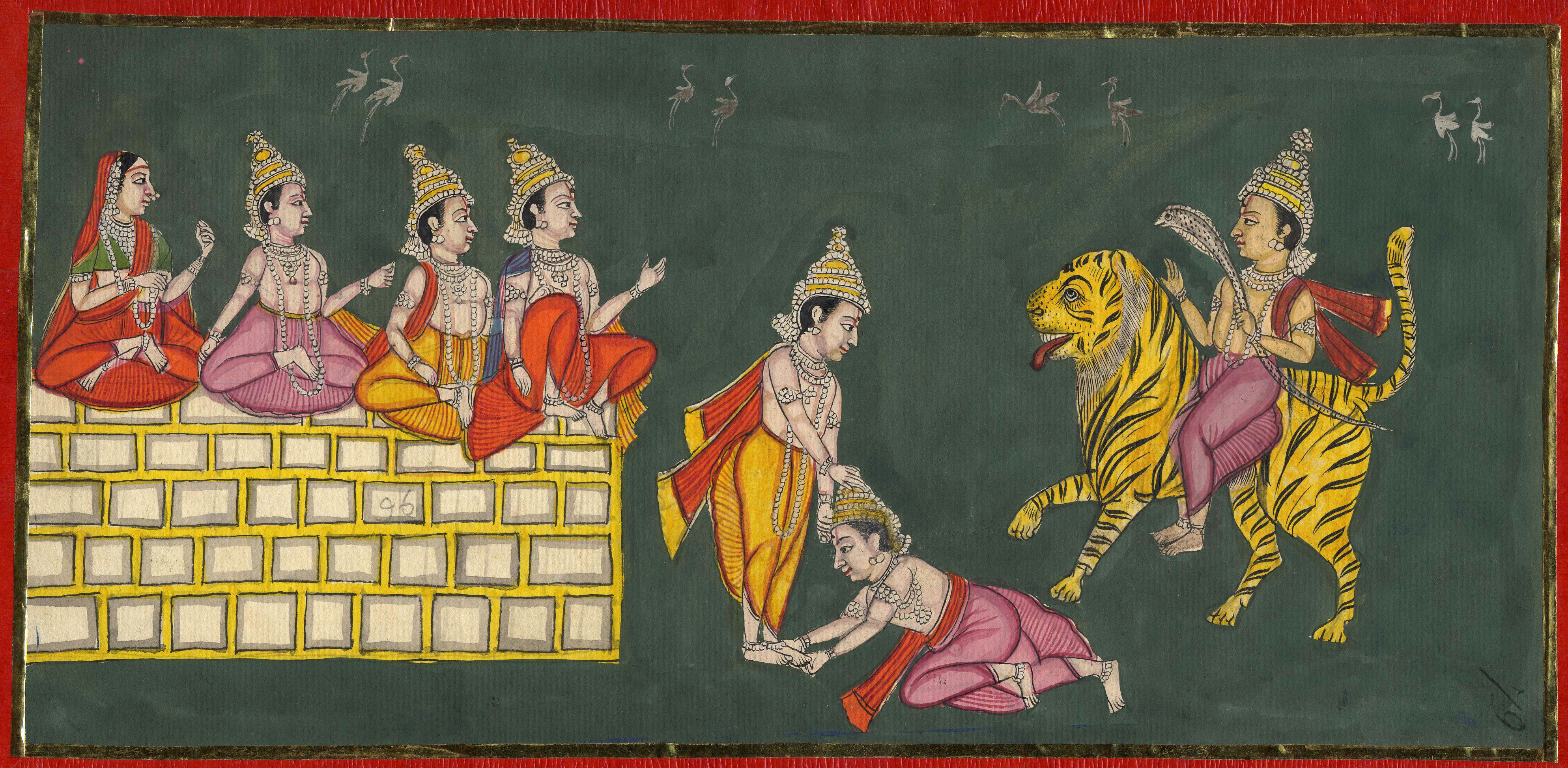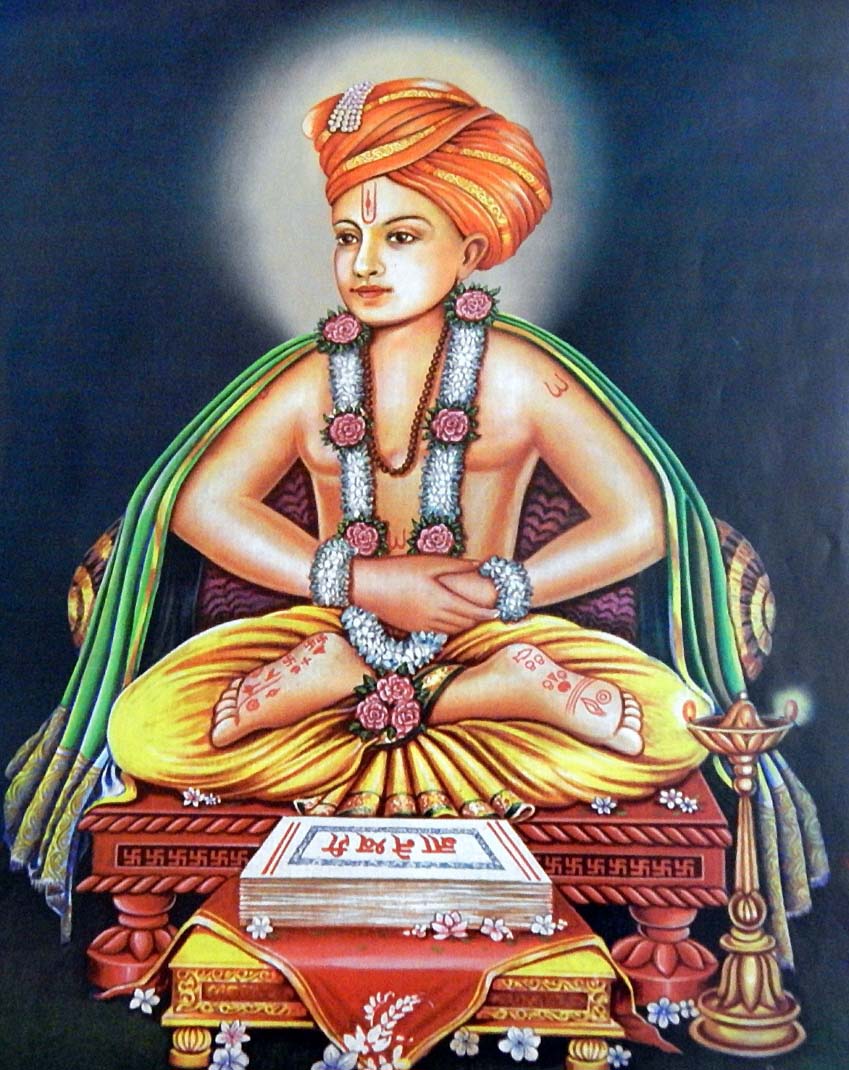|
Indrayani River
The Indrayani River originates in Kurvande village near Lonavla, a hill station in the Sahyadri mountains of Maharashtra, India. Fed by rain, it flows east from there to meet the Bhima river, through the Hindu pilgrimage centers of Dehu and Alandi. It follows a course mostly north of the city of Pune. It is revered as a holy river and is associated with religious figures such as Sant Tukaram and Dnyaneshwar. There is a hydroelectric dam called Valvan Dam on the Indrayani at Kamshet. See also *List of rivers of India *Rivers of India The rivers in India play an important role in the lives of its people. They provide potable water, cheap transportation, electricity, and the livelihood for many people nationwide. This easily explains why nearly all the major cities of India are l ... References Rivers of Maharashtra Geography of Pune district Rivers of India {{India-river-stub ... [...More Info...] [...Related Items...] OR: [Wikipedia] [Google] [Baidu] |
India
India, officially the Republic of India (Hindi: ), is a country in South Asia. It is the seventh-largest country by area, the second-most populous country, and the most populous democracy in the world. Bounded by the Indian Ocean on the south, the Arabian Sea on the southwest, and the Bay of Bengal on the southeast, it shares land borders with Pakistan to the west; China, Nepal, and Bhutan to the north; and Bangladesh and Myanmar to the east. In the Indian Ocean, India is in the vicinity of Sri Lanka and the Maldives; its Andaman and Nicobar Islands share a maritime border with Thailand, Myanmar, and Indonesia. Modern humans arrived on the Indian subcontinent from Africa no later than 55,000 years ago., "Y-Chromosome and Mt-DNA data support the colonization of South Asia by modern humans originating in Africa. ... Coalescence dates for most non-European populations average to between 73–55 ka.", "Modern human beings—''Homo sapiens''—originated in Africa. Then, int ... [...More Info...] [...Related Items...] OR: [Wikipedia] [Google] [Baidu] |
Tukaram
Sant Tukaram Maharaj (Marathi pronunciation: ̪ukaːɾam was a 17th-century Marathi poet, Hindu ''sant'' (saint), popularly known as Tuka, Tukobaraya, Tukoba in Maharashtra. He was a Sant of Varkari sampradaya (Marathi-Vaishnav tradition) - that venerates the god Vitthal - in Maharashtra, India. He was part of the egalitarian, personalized Varkari devotionalism tradition. Tukaram is best known for his devotional poetry called Abhanga and community-oriented worship with spiritual songs known as kirtan.Anna Schultz (2012), Singing a Hindu Nation: Marathi Devotional Performance and Nationalism, Oxford University Press, , page 62 Biography Early life Tukaram was born in modern-day Maharashtra state of India. His complete name was Tukaram Bolhoba Ambile . The year of birth and death of sant Tukaram has been a subject of research and dispute among 20th-century scholars.Richard M. Eaton (2005), A Social History of the Deccan, 1300–1761: Eight bji kg b Indian Lives, Cambridg ... [...More Info...] [...Related Items...] OR: [Wikipedia] [Google] [Baidu] |
Rivers Of Maharashtra
A river is a natural flowing watercourse, usually freshwater, flowing towards an ocean, sea, lake or another river. In some cases, a river flows into the ground and becomes dry at the end of its course without reaching another body of water. Small rivers can be referred to using names such as creek, brook, rivulet, and rill. There are no official definitions for the generic term river as applied to geographic features, although in some countries or communities a stream is defined by its size. Many names for small rivers are specific to geographic location; examples are "run" in some parts of the United States, "burn" in Scotland and northeast England, and "beck" in northern England. Sometimes a river is defined as being larger than a creek, but not always: the language is vague. Rivers are part of the water cycle. Water generally collects in a river from precipitation through a drainage basin from surface runoff and other sources such as groundwater recharge, springs, a ... [...More Info...] [...Related Items...] OR: [Wikipedia] [Google] [Baidu] |
List Of Major Rivers Of India
The rivers in India play an important role in the lives of its people. They provide potable water, cheap transportation, electricity, and the livelihood for many people nationwide. This easily explains why nearly all the major cities of India are located by the banks of rivers. The rivers also have an important role in Hindu Religion and are considered holy by many Hindus in the country. Seven major rivers along with their numerous tributaries make up the river system of India. The largest basin system pours its waters into the Bay of Bengal; however, some of the rivers whose courses take them through the western part of the country and towards the east of the state of Himachal Pradesh empty into the Arabian Sea. Parts of Ladakh, northern parts of the Aravalli range and the arid parts of the Thar Desert have inland drainage. All major rivers of India originate from one of the following main watersheds: #Aravalli range #Himalaya and Karakoram ranges # Sahyadri or Western Ghats in ... [...More Info...] [...Related Items...] OR: [Wikipedia] [Google] [Baidu] |
List Of Rivers Of India
This is a list of rivers of India, starting in the west and moving along the Indian coast southward, then northward. Tributary rivers are listed hierarchically in upstream order: the lower in the list, the more upstream. The overall discharge of rivers in India or passing/originating in India : List of rivers of India by discharge The major rivers of India are: * Flowing into the Arabian Sea: Narmada, Tapi, Sindhu, Sabarmati, Mahi, Purna * Flowing into the Bay of Bengal: Brahmaputra, Yamuna, Ganga, Meghna, Mahanadi, Godavari, Krishna, Kaveri, Penna River Mizoram and Bangladesh. Meghna River Basin The Meghna-Surma-Barak River System is located in India and Bangladesh. * Meghna River (in the Bangladesh) ** ** Dhaleshwari River ** Dakatia River ** Gumti River ** Feni River ** Tista River, also called the Haora River ** Surma River *** Kangsha River **** Someshwari River ** Kushiyara River *** Manu River ** Barak River *** Tuivai River *** Irang River Ganges River Ba ... [...More Info...] [...Related Items...] OR: [Wikipedia] [Google] [Baidu] |
Kamshet
Kamshet is located in Pune district in the state of Maharashtra, India, 110 km from Mumbai City, and 45 km from Pune in Pune district. It is 16 km from the twin hill stations of Khandala and Lonavala and is accessible by road and rail from Mumbai and Pune. Kamshet is home to small villages that are built in the traditional style - with mud, thatch and reeds. Transport Kamshet railway station is located in the Western Ghats, off an ancient trade-route that once linked the west coast to the hinterland. The railway station runs parallel to the Indrayani River. The hills along this route are dotted with ancient cave temples, medieval hill fortresses and colonial hill stations. Kamshet serves as a railhead for many villages (such as Bhaja, Uksan and Kamra) in the western ghats. A regular MSRTC bus runs from Kamshet to these villages. Climate Kamshet has a hot semi-arid climate (Köppen ''BSh'') bordering a tropical savanna climate (''Aw'') and average temperatures ... [...More Info...] [...Related Items...] OR: [Wikipedia] [Google] [Baidu] |
Valvan Dam
Walwan Dam, (or Valvan Dam) is a gravity dam on the Indrayani river near Lonavla, Pune district in State of Maharashtra in India. It provides water to the nearby Khopoli Power Plant and to residents of Lonavla and Khandala and neighborhood villages. Specifications The height of the dam above lowest foundation is while the length is . The volume content is and gross storage capacity is . Purpose * Hydroelectricity See also * Dams in Maharashtra * List of reservoirs and dams in India This page shows the state-wise list of dams and reservoirs in India. As of July, 2019, total number of large dams in India is 5,334. About 447 large dams are under construction in India. In terms of number of dams, India ranks third after China and ... References {{Hydrography of Maharashtra Dams in Pune district Dams completed in 1916 1916 establishments in India ... [...More Info...] [...Related Items...] OR: [Wikipedia] [Google] [Baidu] |
Dnyaneshwar
Sant Dnyaneshwar (Marathi pronunciation: ̪ɲaːn̪eʃʋəɾ, also referred to as Jnaneshwar, Jnanadeva, Dnyandev or Mauli or Dnyaneshwar Vitthal Kulkarni (1275–1296), was a 13th-century Indian Marathi saint, poet, philosopher and yogi of the Nath Shaiva and Varkari tradition. In his short life of 21 years, he authored ''Dnyaneshwari'' (a commentary on the ''Bhagavad Gita'') and ''Amrutanubhav''. These are the oldest surviving literary works in the Marathi language, and considered to be milestones in Marathi literature. Sant Dnyaneshwar's ideas reflect the non-dualistic Advaita Vedanta philosophy and an emphasis on Yoga and bhakti towards Vithoba, an incarnation of Lord Vishnu. His legacy inspired saint-poets such as Eknath and Tukaram, and he is one of the founders of the Varkari (Vithoba-Krishna) Bhakti movement tradition of Hinduism in Maharashtra. Dnyaneshwar undertook samadhi at Alandi in 1296 by entombing himself in an underground chamber. Biography Dnyaneshwar was bo ... [...More Info...] [...Related Items...] OR: [Wikipedia] [Google] [Baidu] |
Holy River
Sacred waters are sacred natural sites characterized by tangible topographical land formations such as rivers, lakes, springs, reservoirs, and oceans, as opposed to holy water which is water elevated with the sacramental blessing of a cleric. These organic bodies of water have attained religious significance not from the modern alteration or blessing, but were sanctified through mythological or historical figures. Sacred waters have been exploited for cleansing, healing, initiations, and death rites. Ubiquitous and perpetual fixations with water occur across religious traditions. It tends to be a central element in the creations accounts of almost every culture with mythological, cosmological, and theological myths. In this way, many groups characterize water as "living water", or the "water of life". This means that it gives life and is the fundamental element from which life arises. Each religious or cultural group that feature waters as sacred substances tends to favor cer ... [...More Info...] [...Related Items...] OR: [Wikipedia] [Google] [Baidu] |
Maharashtra
Maharashtra (; , abbr. MH or Maha) is a states and union territories of India, state in the western India, western peninsular region of India occupying a substantial portion of the Deccan Plateau. Maharashtra is the List of states and union territories of India by population, second-most populous state in India and the second-most populous country subdivision globally. It was formed on 1 May 1960 by splitting the bilingual Bombay State, which had existed since 1956, into majority Marathi language, Marathi-speaking Maharashtra and Gujarati language, Gujarati-speaking Gujarat. Maharashtra is home to the Marathi people, the predominant ethno-linguistic group, who speak the Marathi language, Marathi language, the official language of the state. The state is divided into 6 Divisions of Maharashtra, divisions and 36 List of districts of Maharashtra, districts, with the state capital being Mumbai, the List of million-plus urban agglomerations in India, most populous urban area in India ... [...More Info...] [...Related Items...] OR: [Wikipedia] [Google] [Baidu] |
Pune
Pune (; ; also known as Poona, (List of renamed Indian cities and states#Maharashtra, the official name from 1818 until 1978) is one of the most important industrial and educational hubs of India, with an estimated population of 7.4 million As of 2021, Pune Metropolitan Region is the largest in Maharashtra by area, with a geographical area of 7,256 sq km. It has been ranked "the most liveable city in India" several times. Pune is also considered to be the cultural and educational capital of Maharashtra. Along with the municipal corporation area of Pimpri-Chinchwad Municipal Corporation, PCMC, Pune Municipal Corporation, PMC and the three Cantonment Board, cantonment towns of Pune Camp, Camp, Khadki, and Dehu Road, Pune forms the urban core of the eponymous Pune Metropolitan Region (PMR). Situated {{convert, 560, m, 0, abbr=off Height above sea level, above sea level on the Deccan Plateau, Deccan plateau, on the right bank of the Mutha River, Mutha river,{{cite web , last=Nala ... [...More Info...] [...Related Items...] OR: [Wikipedia] [Google] [Baidu] |
Alandi
Alandi (Marathi pronunciation: ːɭən̪d̪iː is a town and a municipal council in the Pune district in the state of Maharashtra, India. The town is popular as a place of pilgrimage and the resting place of the 8th century Marathi saint Sant Dnyaneshwar. History Alandi has a long history but gained prominence in the 13th century when Dnyaneshwar (1275–1296) decided to entomb, otherwise known as '' sanjeevan samadhi'', himself in a samadhi, a form of shrine, under the then existing Siddheshwar temple complex in 1296. A temple was built over the Samadhi by Ambekar Deshpande in around 1580–1600. Further additions to the temple were made during the Maratha Empire era by Maratha nobles and the Peshwa. In 1778, Alandi was granted to Mahadji Shinde, the powerful Maratha statesman of the Maratha confederacy at that time, by the Peshwa. For two decades after that, the Shinde family were the main sponsors of various renovations of the temple. In the 1820s, Haibatraobuva Arphalk ... [...More Info...] [...Related Items...] OR: [Wikipedia] [Google] [Baidu] |








